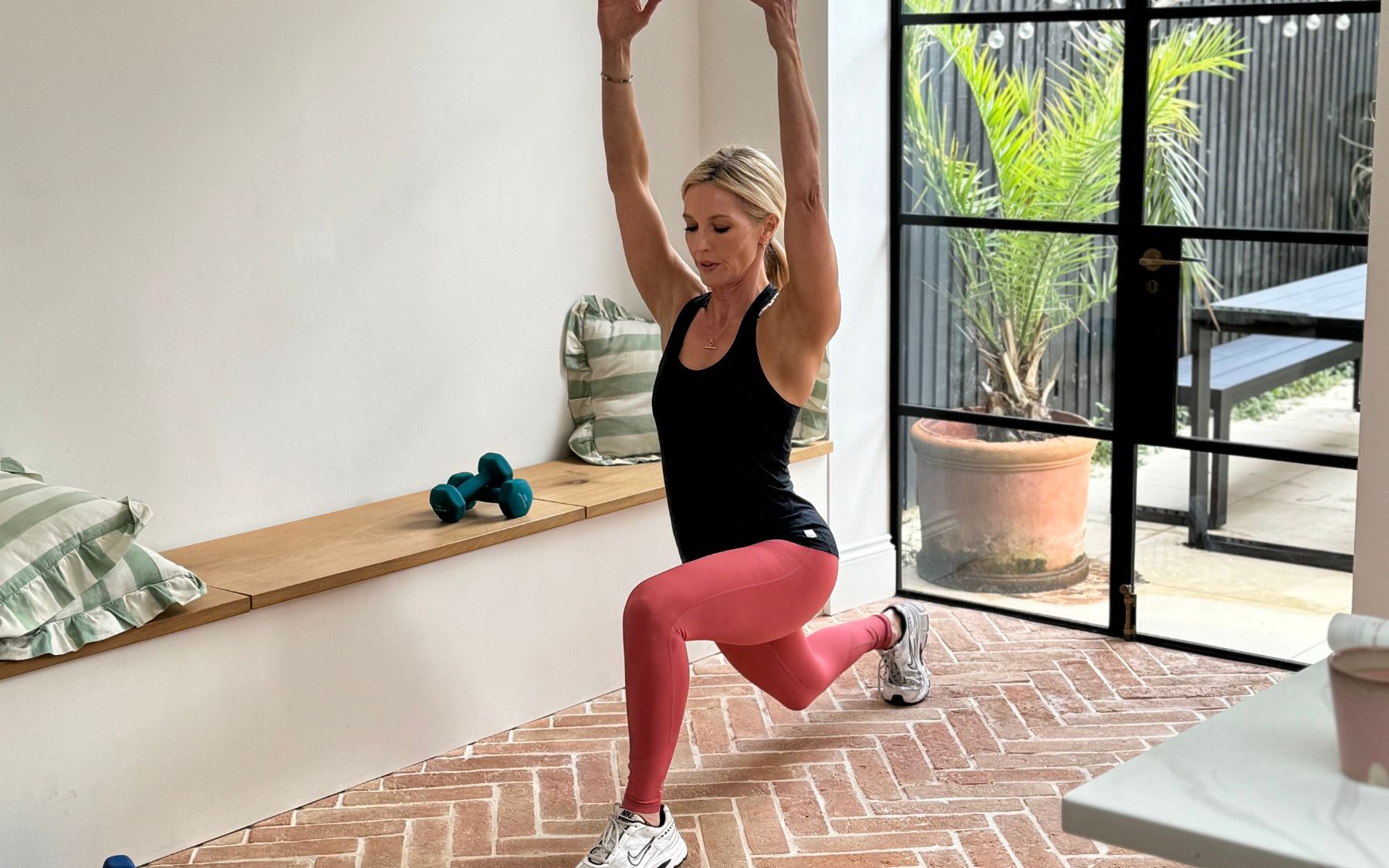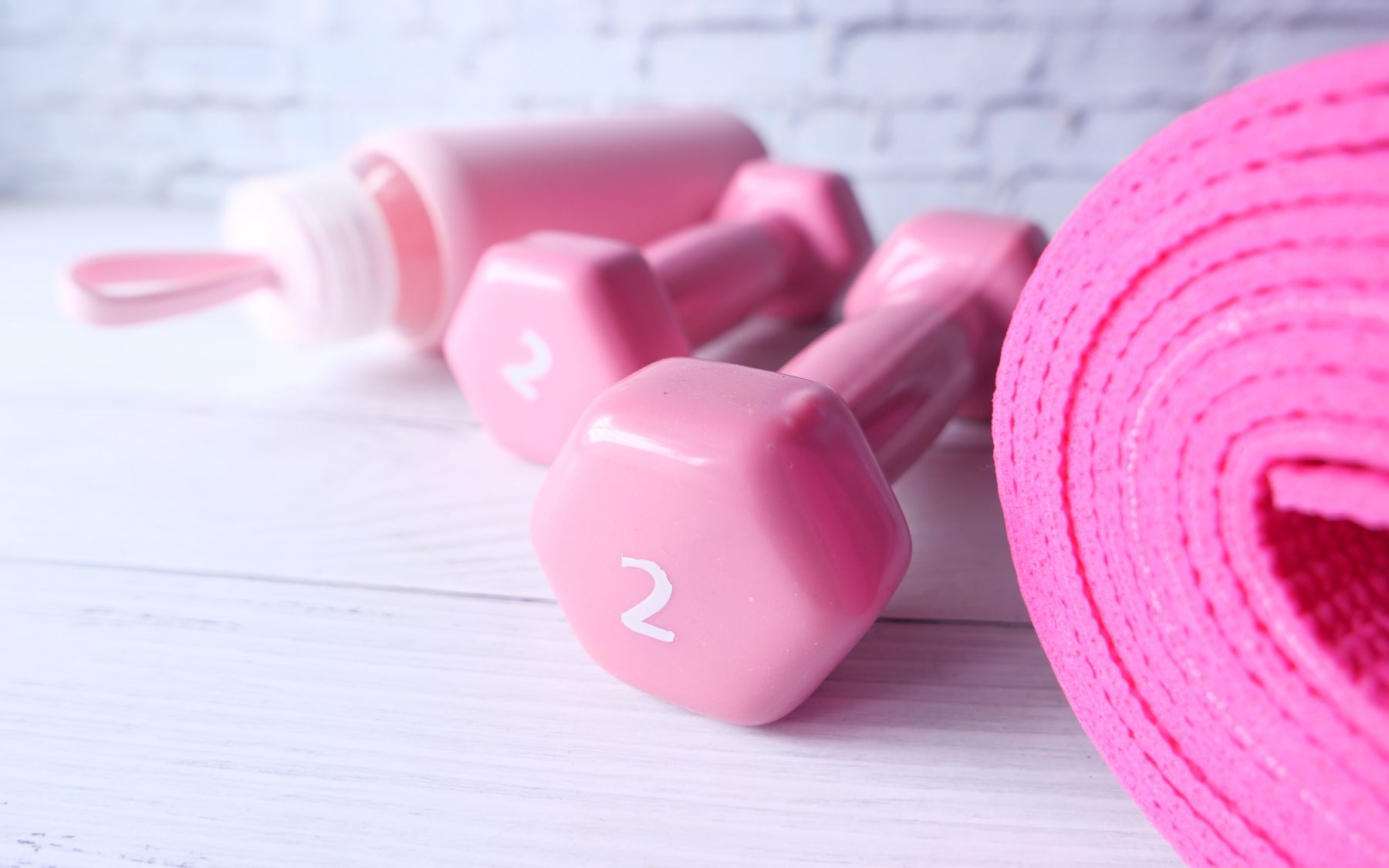This week we have World Osteoporosis Day (October 20th) which has the tagline “Build Better Bones” this year. It couldn’t be more accurate – as we build our strength through resistance training we are building better bones and building a body for the future. How does it actually work though?
Osteoporosis affects one in three women aged 50 plus. Osteoporosis causes bones to become brittle and weak so that they are more prone to breakages, these fractures can be a major cause of pain and have a horrendous impact on daily life. But the great news is that there are things that we can do to help combat the drop in bone density which causes osteoporosis.
First up – exercise. Strength training specifically is so important as we age. Our bone density naturally decreases as we get older from the age of 35+ (and this is exacerbated by the hormone changes in menopause, specifically the decrease in oestrogen) along with muscle mass which is where the increased fracture risk comes in. Strength training (with weights, bands or body-weight) helps to increase bone density and strength by stimulating our bone building cells to produce bone. The loading we put our bones under during strength training enhances this effect when compared to non-weight bearing activities. Just 30 minutes 3-4 times per week of strength-based exercise has been shown to enhance brown cell growth and subsequently bone density.
So how do we go about these exercises? As a strength training coach, I focus on devising workouts which really focus on building bone strength both with and without weights. Examples of strength training with just bodyweight would be hill/stair walking, skipping, dancing and jogging, where the impact of movement can have bone strengthening benefits. If you already suffer with weak bones or osteoporosis, you need to be careful of any high impact moves or sudden twists in the spine, so do consult your doctor regarding the correct exercise programme for you before getting started.
If you have weights or bands then incorporate these into your workouts to add extra resistance – for example weighted squats or lunges would be ideal. Press ups and planks also are great exercises with just bodyweight to get the strength benefits.
As well as being vitally important to our bone health, resistance training also helps us to build our lean muscle mass (and no we aren’t talking about bulking up here), helping with our overall balance and posture whilst reducing the risk of falls and injury with the added bonus of giving us a huge mood boost along the way! It also helps with weight management, improves our sleep and our overall health…. the list is pretty much endless!
Secondly - nutrition. Having a balanced, healthy diet is vital but particularly calcium, vitamin D and protein which are key to bone health.
Finally, lifestyle factors such as avoiding smoking and excessive drinking which will have an adverse effect on your bones.
If you think you are at risk of osteopenia you can have a bone scan which will show you exactly the current health of your bones if you are concerned. A recent client of mine who has been consistently using weights for the past two years has had a noticeable improvement in her hip dexa scan which she attributes 100% to her exercise routine having kept the rest of her lifestyle exactly the same.
Intrigued to know more or have a go? Try a class for free here or read more about the platform here.
If you have any questions please do get in touch.
For more workout inspo and to find out a bit more about me check out my Instagram.
Caroline x







